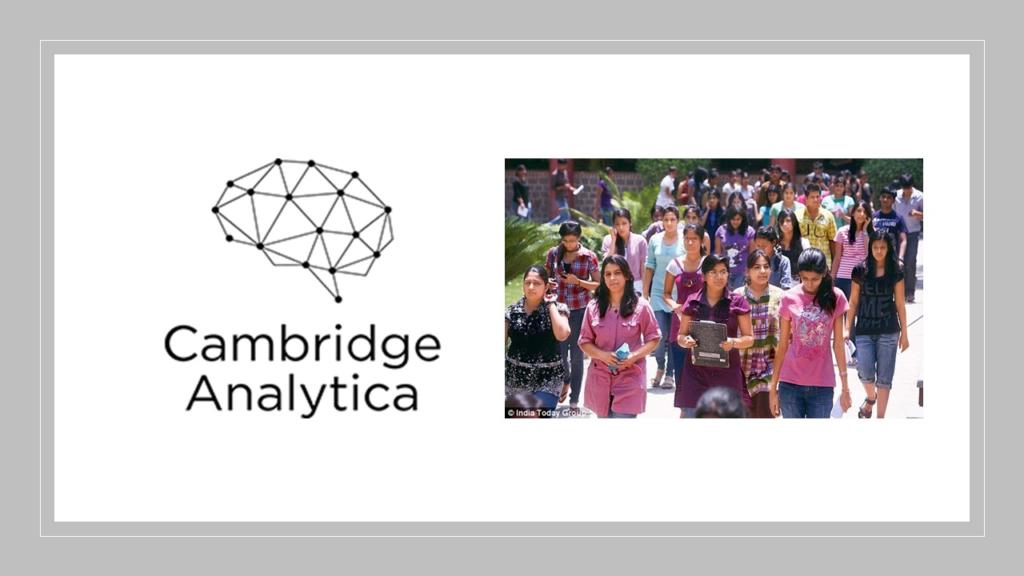Recently, media reports that the government is likely to reduce the upper age limit for general category candidates who shall be eligible to appear for UPSC examinations flooded social media. These reports suggested that the upper age limit, from 32 years, shall be dropped to 27 years. This news spread like wild fire across student and youth circles and opposition parties and critics of the government helped morph the “likeliness” into absolute probability causing not only panic among civil service aspirants but also a sense of alienation and discontent among the unreserved classes. Although these speculations have been dismissed by the government, the damage may have already been done, as is generally the case with sensational fake news stories that tend to do the rounds more often than stories that debunk them.
MoS PMO Dr. Jitendra Singh to ANI: There is no move by Government to alter the age criteria of eligibility to appear in civil service examinations. Reports and speculations should be put to rest. (file pic) pic.twitter.com/81ye4L6DUv
— ANI (@ANI) December 25, 2018
Earlier, a similar kind of speculation did the rounds in 2017, when the Baswan Committee submitted a report, suggesting that the age limit in UPSC be reduced. However, in August 2018, Union Minister Dr. Jitendra Singh in Rajya Sabha clarified that the upper age limit for Civil Services Examination (CSE) is 32 years and is relaxable for reserved categories.
This year, a Niti Aayog report, ‘Strategy for New India @75’, suggested that the reduction be made in a phased manner and not as a direct overhaul. The comprehensive report on UPSC examination contained several other measures to be considered by the government but the suggestions on the report are not binding on the government. They are just, suggestions. There is no such move made by the government.
However, as said earlier, the damage was done. Opposition parties tapped the discontent of the youth with these reports regarding the UPSC age limit, and flooded social media timelines. Brahmins, who belong to the general category, perceived this as an assault on their aspirations and as a discriminatory move against them by the government. Other unreserved classes shared a similar emotion.
This appeared as a targeted campaign, given that civil service aspirants spend months and years to prepare to compete for coveted posts in Indian bureaucracy. The CSE is perceived to be one of the most difficult examinations in India and out of lakhs who appear every year in the Preliminary Examination, only a few thousand are selected for the Mains examination and ultimately, after the interview round, less than a thousand individuals are selected. One noted trait is that Civil service aspirants are well connected to the internet and their internet activities usually revolve around the examination and the required preparation. For a Big Data dependent company like Cambridge Analytica, such individuals could easily be accessible to be supplied with reports and rumours, creating a fear among the youth that the government is unfriendly, and among the unreserved middle class that the government is grossly discriminatory.
Cambridge Analytica drives on psychoanalysis of internet users through the traces left from their internet activities, that is, what they search, what they like, where they live and quite possibly, who they are. Its role was exposed by a whistleblower within the company, who flagged the activities of his company, citing a possible breach of privacy of users and unethical election campaigning. From the Republican Election Campaign in 2016 to the Brexit referendum and to India’s Congress Party, the company has left footprints all across the world. How it works is that a piece of news or speculation is targeted towards a certain group of people who might emotionally respond against or resonate with the media, be it online reports or videos. The Congress Party’s involvement was exposed by the whistleblower and after further investigation the chairman’s office was found boasting a framed picture of the INC symbol indicating that the Congress is indeed their client. Rahul Gandhi is also known to have met with CA CEO Alexander Nix to discuss a psychoanalysis driven election strategy. Congress has denied these connections.
This sort of well-organized and targeted disinformation campaign was first witnessed in the protests against the center’s stand on the Supreme Court verdict on SC/ST Act. The narrative was, some would argue rather successfully, manipulated in a way so as to show that BJP was working against the interests of the Savarna groups while this was definitely not the case. The footprints of a big data giant like Cambridge Analytica were all over this sustained and well manufactured outrage which held little substance.
We have seen how irresponsibly a benign development (like the news on UPSC) can swirl into a morphed, grimmer version of the same, wielding the capacity to stir a group and instigate a sense of isolation and resentment directed against the government or a political party. This latest wave on social media is a grim reminder of the dark sides of the new media age.
